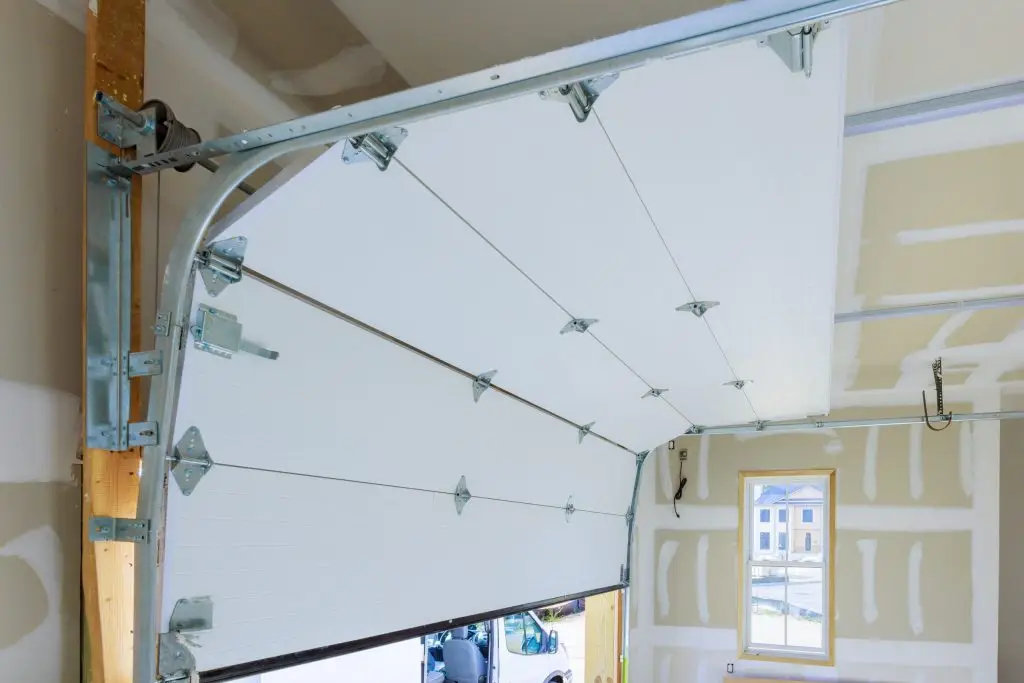How Garage Door Insulation Can Improve Energy Efficiency

How Garage Door Insulation Can Improve Energy Efficiency in Your Home
Quick Summary: Garage door insulation is a crucial aspect that enhances your home’s energy efficiency, reduces utility costs, and provides a more comfortable environment. Learn the benefits and steps for effective insulation.
Are you aware of how much your garage can impact the overall energy efficiency of your home? If not, your garage might just be the energy leak you didn’t know existed. Insulating your garage door can regulate temperatures inside, reduce energy consumption, and create a more comfortable space. This post will delve into the importance of garage door insulation and provide actionable tips for implementation.
Benefits of Garage Door Insulation
- Enhanced Energy Efficiency: Without insulation, garages can become hotboxes in summer and iceboxes in winter, causing HVAC systems to work harder. Adding insulation helps maintain a stable temperature, reducing the need for excessive heating or cooling.
- Cost Savings: By stabilizing the garage temperature, insulation lowers energy bills. Less energy is needed to heat or cool adjacent rooms, leading to noticeable savings over time.
- Better Comfort: A well-insulated garage ensures comfort for those who use it as a workspace, gym, or hobby area. No longer will temperatures outside dictate the usability of your space.
- Noise Reduction: Insulated doors not only keep temperatures in check but also provide a sound barrier, making your home quieter by drowning out outside noise.
- Increased Durability: Insulating garage doors often adds to their structural integrity. This stability extends the lifespan of your garage door and may decrease maintenance needs.
How to Insulate Your Garage Door
- Choose the Right Materials: Consider materials like fiberglass batts, foam boards, or reflective insulation. Each material has different R-values, indicating its effectiveness. Choose based on your climate and budget.
- Measure and Prepare: Accurately measure your garage door panels. Cut insulation material to fit snugly within these panels. Clean the door surface for optimal adhesion.
- Install Insulation: Attach the insulation using adhesive or clips, ensuring no sagging. It’s important that the insulation covers the panels completely for uniform efficiency.
- Seal Cracks and Gaps: After insulation, inspect for any cracks or gaps and seal them with weatherstripping or caulking to block air leaks and improve efficiency.
- Professional Installation: If DIY isn’t your forte, consider professional services for opener installation or advanced insulation solutions to ensure optimal results.
Maintaining Insulated Doors
Regular maintenance is vital to guarantee the lasting benefits of your garage door insulation. Routine checks for wear and tear, sealing issues, and surface integrity keep your system running efficiently. Professional spring replacement and emergency garage service might be necessary to maintain your garage’s functionality.
Incorporating garage door insulation could be the key to unlocking greater energy savings and comfort in your home. Whether you choose to tackle this project yourself or hire a professional, consider the benefits of investing in your garage’s efficiency. Stay tuned for more tips to enhance your home’s efficiency and functionality.
Call us today at (888) 794-6420 to resolve any garage door issue!

